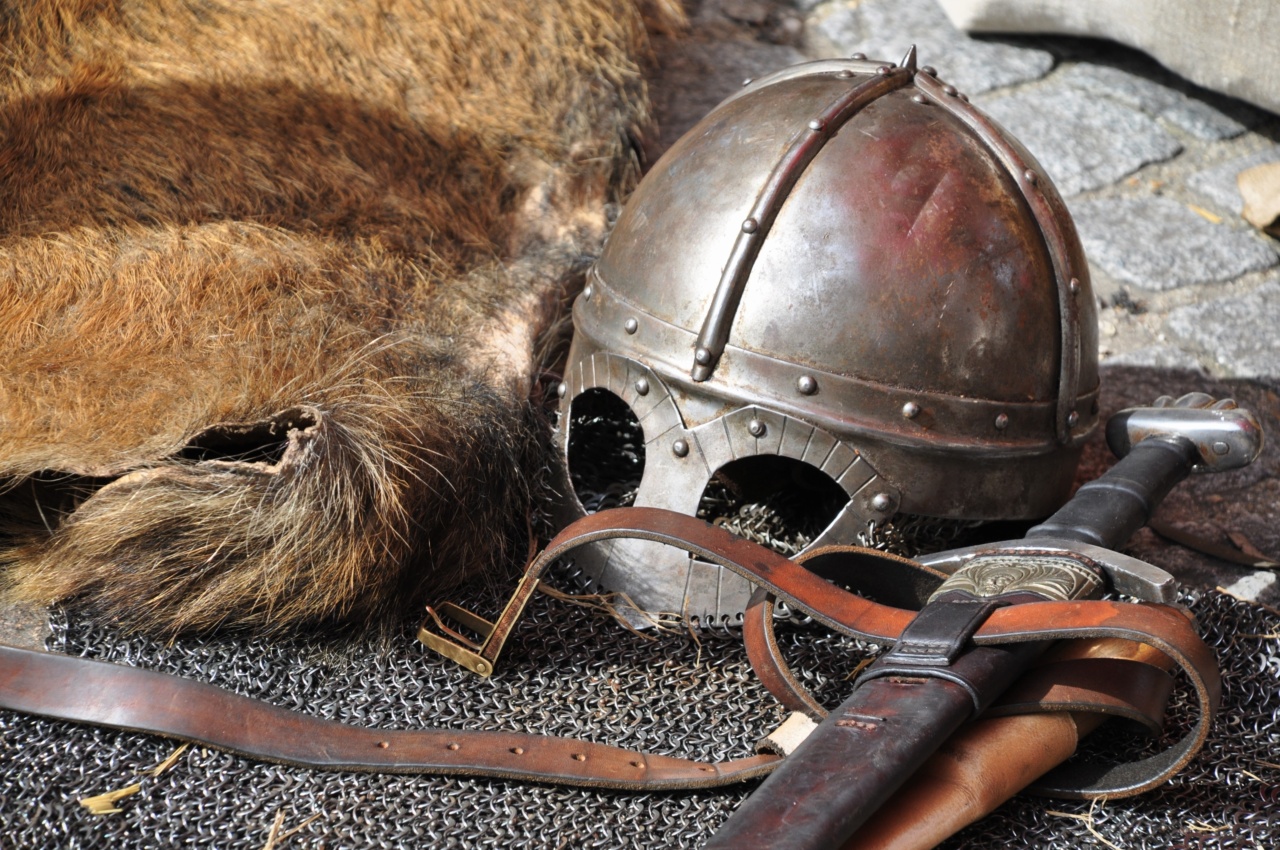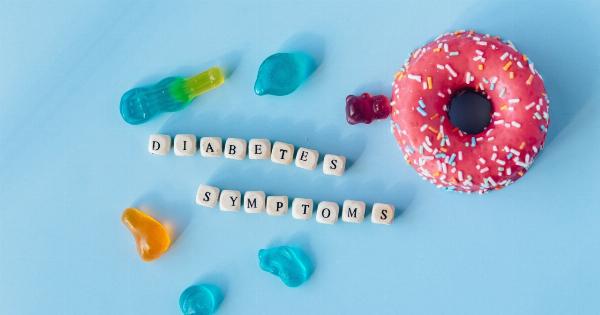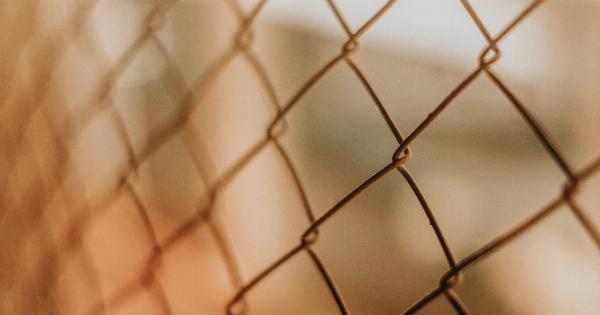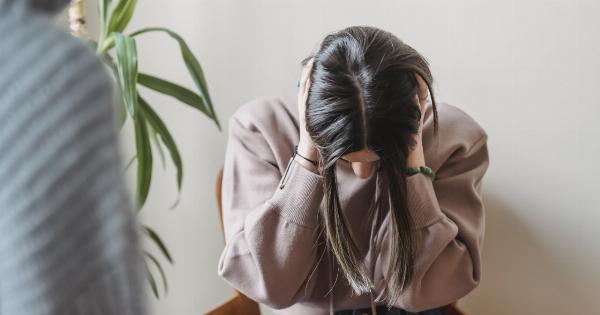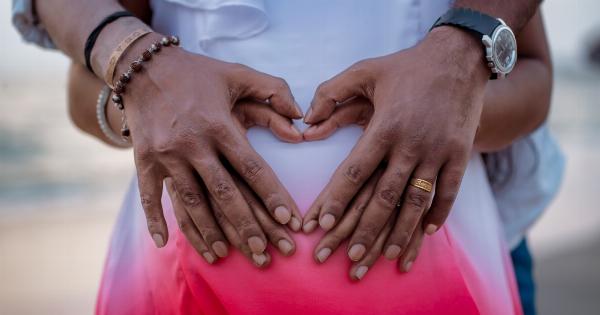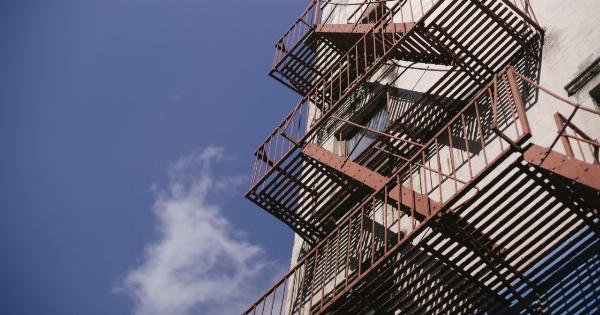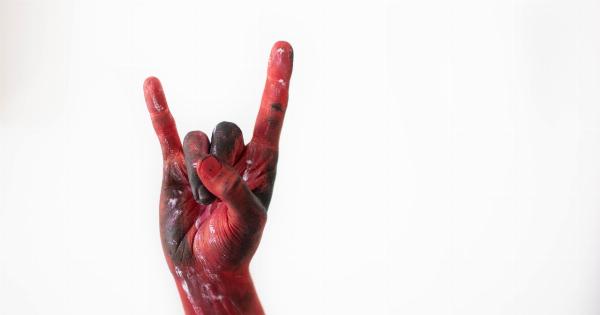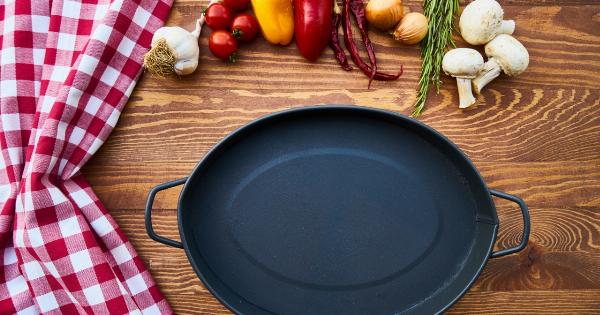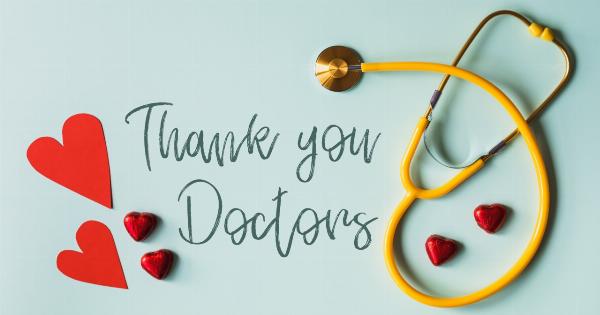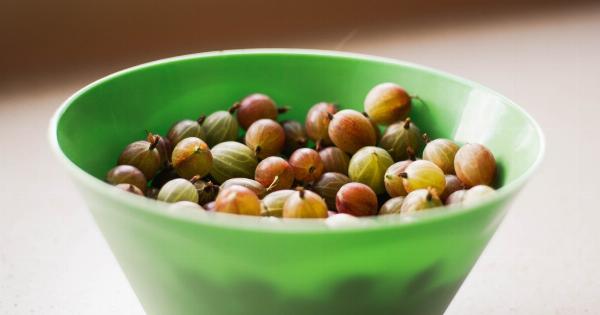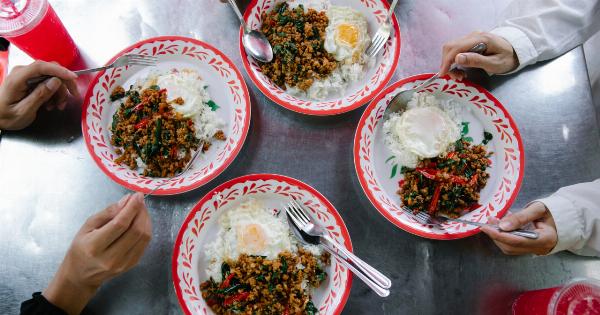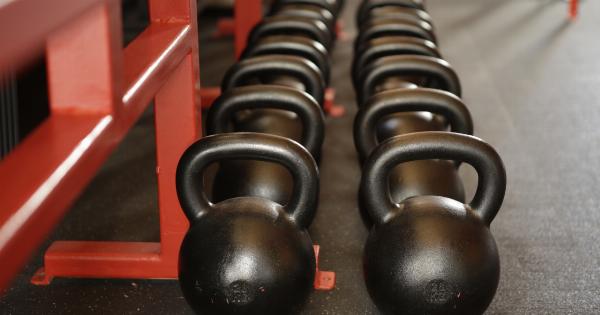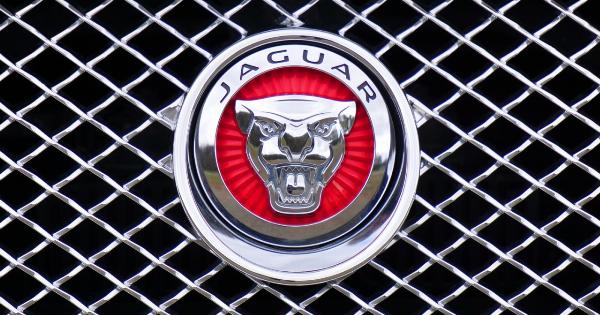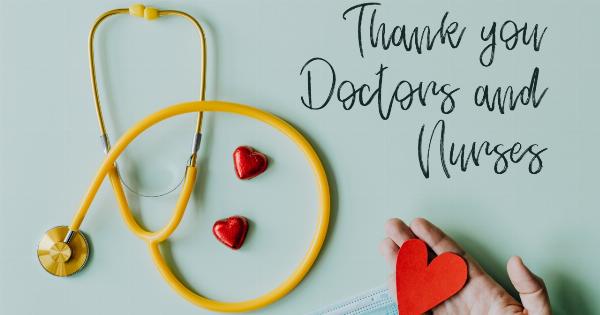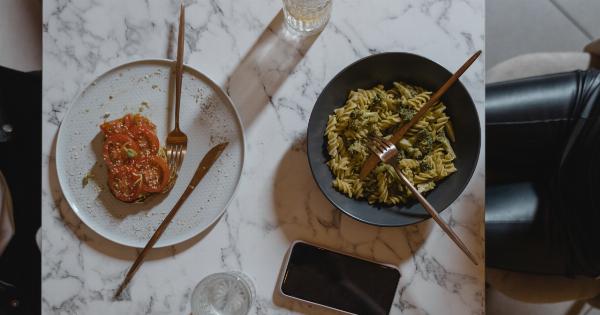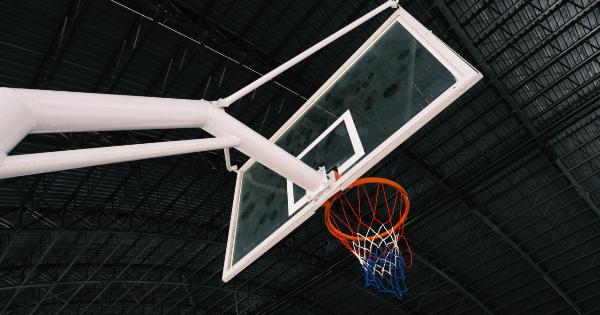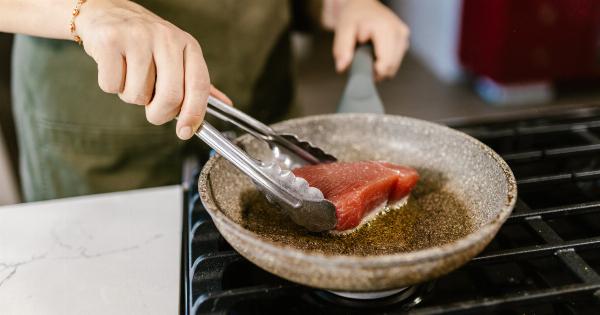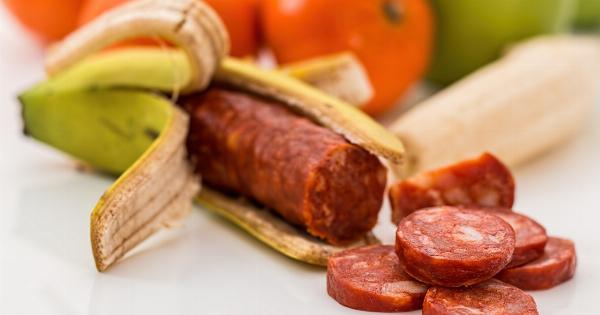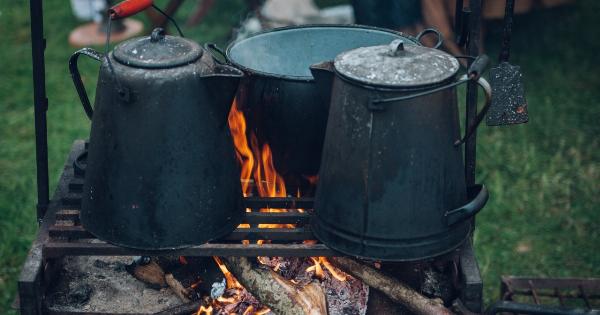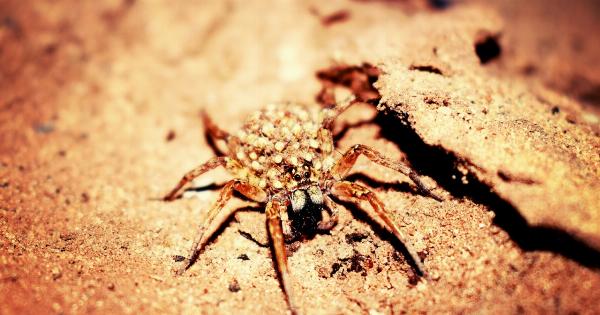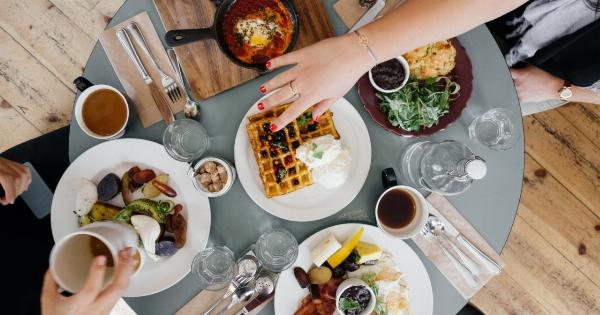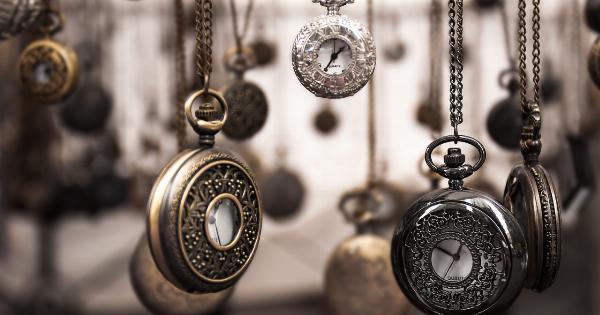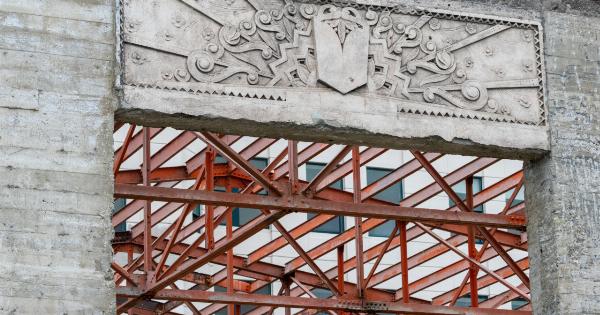Iron-deficiency anemia is a condition that occurs when the body does not have enough iron to produce red blood cells. Red blood cells are essential for carrying oxygen to the body’s tissues and organs.
If the body lacks iron, it cannot produce enough red blood cells, leading to anemia.
Causes of Iron-Deficiency Anemia
Iron deficiency can be caused by a variety of factors, including:.
- Inadequate iron intake
- Chronic blood loss
- Pregnancy and breastfeeding
- Stomach or intestinal ulcers
- Heavy menstrual bleeding
- Inflammatory bowel disease or other digestive conditions
- Surgical removal of the stomach or small intestine
- Endometriosis
- Some medications that affect iron absorption
Symptoms of Iron-Deficiency Anemia
The symptoms of iron-deficiency anemia can vary from person to person, but common symptoms include:.
- Fatigue
- Weakness
- Shortness of breath
- Dizziness or lightheadedness
- Chest pain
- Headaches
- Cold hands and feet
- Brittle nails
- Pale skin, gums, and eyelids
Foods to Combat Iron-Deficiency Anemia
Eating foods that are high in iron can help combat iron deficiency anemia. Some of the best sources of iron include:.
Red Meat
Red meat, such as beef, lamb, and liver, is one of the best sources of heme iron, which is easily absorbed by the body.
Poultry and Seafood
Chicken, turkey, and fish are also good sources of heme iron.
Beans and Lentils
Legumes, such as kidney beans, chickpeas, and lentils, are high in non-heme iron, which is not as easily absorbed by the body. To increase absorption, eat legumes with vitamin C-rich foods, such as citrus fruits or bell peppers.
Nuts and Seeds
Nuts and seeds, such as pumpkin seeds, cashews, and almonds, are also good sources of non-heme iron.
Leafy Greens
Dark leafy greens, such as spinach, kale, and collard greens, are high in non-heme iron. To increase absorption, eat leafy greens with vitamin C-rich foods.
Iron-Fortified Foods
Many cereals, breads, and other foods are fortified with iron. Check the nutrition label to see how much iron is in the food.
Conclusion
Iron-deficiency anemia can have serious health consequences if left untreated. If you suspect you have iron-deficiency anemia, it is important to speak with your doctor and get a blood test to confirm the diagnosis.
Eating foods that are high in iron can help combat iron-deficiency anemia and improve your overall health.
